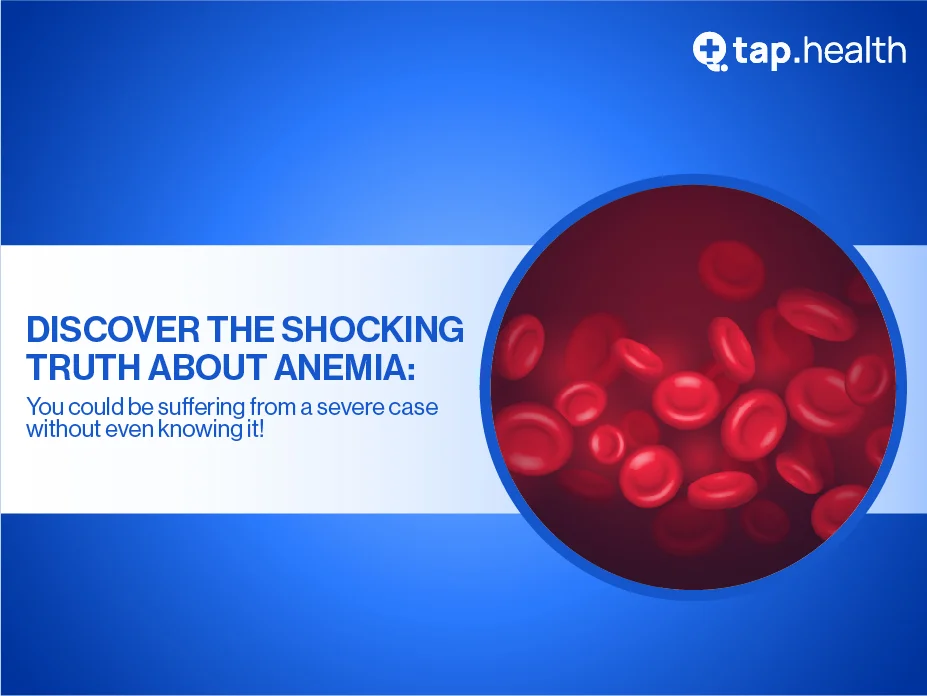Anemia is a common medical condition marked by low red blood cell counts or reduced hemoglobin levels, impacting the body’s ability to transport oxygen. It ranges from mild to very severe, with each grade presenting unique symptoms, causes, and treatment needs. This guide breaks down anemia’s grades, diagnostic criteria, causes, and management strategies in a concise question-and-answer format, addressing key aspects for better understanding and care.
What Is Anemia and Why Does It Matter?
Q: What is anemia?
Anemia occurs when red blood cell count or hemoglobin levels drop below normal, reducing oxygen delivery to tissues. This leads to symptoms like fatigue, weakness, and shortness of breath, affecting overall health.
Q: Why are red blood cells important?
Red blood cells, produced in the bone marrow, contain hemoglobin, a protein that binds oxygen in the lungs and delivers it to organs. Insufficient red blood cells or hemoglobin impair this process, causing health issues.
Q: How is anemia defined?
The World Health Organization (WHO) defines anemia as hemoglobin levels below 13.0 g/dL in men and 12.0 g/dL in women. These thresholds vary by age, sex, and region.
What Are the Symptoms of Anemia?
Q: What are common anemia symptoms?
Symptoms include fatigue, weakness, pale skin, shortness of breath, dizziness, and cold hands or feet. Severity depends on the anemia grade and underlying cause.
Q: How do symptoms vary by severity?
- Mild anemia: Mild fatigue, reduced stamina.
- Moderate anemia: Pronounced fatigue, shortness of breath, pale skin.
- Severe anemia: Severe fatigue, rapid heartbeat, cognitive issues.
- Very severe anemia: Life-threatening symptoms like chest pain, fainting, organ failure risks.
How Is Anemia Classified by Severity?
Q: What are the grades of anemia?
Anemia is classified into four grades based on hemoglobin levels: mild, moderate, severe, and very severe. Each grade guides diagnosis and treatment.
Q: What defines mild anemia?
Mild anemia (Grade 1) involves hemoglobin levels of 11.0–12.9 g/dL (men) or 11.0–11.9 g/dL (women). It causes mild symptoms but requires attention to prevent worsening.
Q: What is moderate anemia?
Moderate anemia (Grade 2) features hemoglobin levels of 8.0–10.9 g/dL for both men and women. Symptoms like fatigue and shortness of breath impact daily life, necessitating targeted treatment.
Q: How is severe anemia identified?
Severe anemia (Grade 3) is marked by hemoglobin levels of 6.0–7.9 g/dL. It leads to debilitating symptoms and risks like heart issues or infections, requiring urgent care.
Q: What characterizes very severe anemia?
Very severe anemia (Grade 4) involves hemoglobin levels below 6.0 g/dL. It’s a medical emergency with life-threatening symptoms, demanding immediate intervention like blood transfusions.
How Is Anemia Diagnosed?
Q: How do doctors diagnose anemia?
Diagnosis involves measuring hemoglobin levels via blood tests, assessing symptoms, and conducting additional tests to identify the cause, such as complete blood count (CBC) or iron studies.
Q: What tests confirm mild anemia?
Mild anemia is diagnosed by hemoglobin levels slightly below normal, supported by CBC and blood smear tests to rule out underlying causes.
Q: How is moderate anemia confirmed?
Moderate anemia diagnosis includes hemoglobin levels, red blood cell count, and parameters like mean corpuscular volume (MCV) to pinpoint causes like nutritional deficiencies.
Q: What’s involved in diagnosing severe anemia?
Severe anemia is confirmed by low hemoglobin levels and severe symptoms. Tests like reticulocyte count, iron studies, and vitamin B12/folate levels help identify causes.
Q: How is very severe anemia diagnosed?
Very severe anemia is diagnosed with hemoglobin below 6.0 g/dL and critical symptoms. Emergency tests, including bone marrow examination, may be needed to determine the cause.
What Causes Anemia?
Q: What are the main causes of anemia?
Anemia stems from nutritional deficiencies, chronic diseases, genetic disorders, or medications affecting red blood cell production.
Q: How do nutritional deficiencies cause anemia?
Iron deficiency, the most common cause, reduces hemoglobin production. Vitamin B12 and folate deficiencies also impair red blood cell formation, often due to poor diet or absorption issues.
Q: Can chronic diseases lead to anemia?
Yes, conditions like chronic kidney disease, inflammatory bowel disease, or cancer disrupt red blood cell production or lifespan, causing anemia. Chronic inflammation also affects iron metabolism.
Q: What role do genetic factors play?
Genetic disorders like sickle cell anemia, thalassemia, or hereditary spherocytosis cause abnormal red blood cells or reduced production, leading to varying anemia severity.
How Is Anemia Treated Based on Severity?
Q: How is mild anemia treated?
Mild anemia is managed with dietary changes or supplements to address deficiencies like iron, vitamin B12, or folate. Regular monitoring ensures improvement.
Q: What treatments are used for moderate anemia?
Moderate anemia requires identifying the cause, with treatments like iron or vitamin supplements, or managing underlying chronic conditions to restore hemoglobin levels.
Q: How is severe anemia managed?
Severe anemia may need blood transfusions or erythropoietin-stimulating agents (ESAs). Treating the root cause is critical to prevent complications like heart issues.
Q: What’s the treatment for very severe anemia?
Very severe anemia requires hospitalization, blood transfusions, intravenous iron, or other urgent measures to stabilize the patient and address the underlying cause.
How Can Anemia Be Prevented?
Q: What lifestyle changes prevent anemia?
- Eat a balanced diet rich in iron (red meat, spinach), vitamin B12 (fish, eggs), and folate (leafy greens).
- Take supplements as prescribed.
- Manage chronic conditions effectively.
- Practice hygiene to avoid infections.
- Monitor hemoglobin levels with regular check-ups.
Q: Who is at risk for anemia?
Individuals with poor diets, chronic diseases, genetic predispositions, or increased iron needs (e.g., pregnant women) are at higher risk and should take preventive measures.
Why Is Early Detection of Anemia Important?
Q: Why should anemia be detected early?
Early detection prevents progression to severe grades, reduces complications, and improves quality of life. Regular screenings and awareness of symptoms are key.
Q: How does anemia impact daily life?
Anemia, especially moderate to severe, can limit physical activity, cause fatigue, and affect mental focus, significantly reducing productivity and well-being.
Conclusion
Anemia, ranging from mild to very severe, affects millions worldwide, with varying symptoms and causes. Understanding its grades, from hemoglobin levels to diagnostic criteria, empowers individuals and healthcare providers to address it effectively. By recognizing symptoms early, identifying causes like iron deficiency or chronic diseases, and adopting tailored treatments, anemia’s impact can be minimized. Preventive measures, such as a nutrient-rich diet and regular health check-ups, further support long-term health. Stay informed and proactive to manage anemia and maintain optimal well-being.



